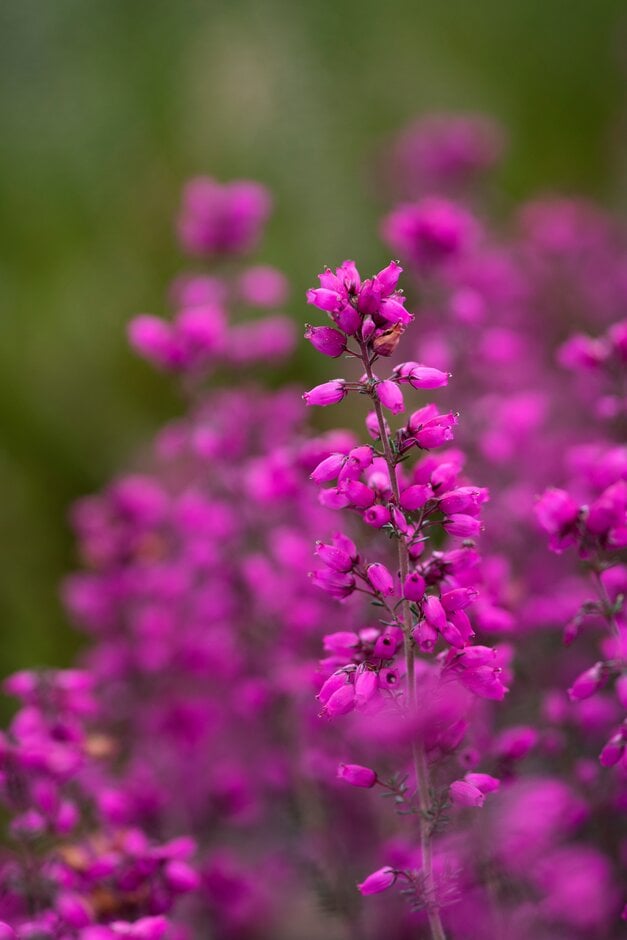Not the plant you're looking for? Search over 300,000 plants
Shrubs
Size
Ultimate height
0.1–0.5 metresTime to ultimate height
2–5 yearsUltimate spread
0.5–1 metresGrowing conditions
Clay
Loam
Sand
Moisture
Moist but well–drained, Well–drainedpH
Acid, NeutralColour & scent
| Stem | Flower | Foliage | Fruit | |
| Spring | Green | |||
|---|---|---|---|---|
| Summer | Pink | Green | ||
| Autumn | Pink | Green | ||
| Winter | Green |
Position
- Full sun
Aspect
East–facing or South–facing or West–facing
Exposure
Exposed or Sheltered Hardiness
H7Botanical details
- Family
- Ericaceae
- Native to GB / Ireland
- No
- Foliage
- Evergreen
- Habit
- Bushy
- Genus
Erica can be prostrate or erect, evergreen shrubs with fine, needle-like leaves in whorls, and racemes or panicles of small, bell-shaped or tubular flowers
- Name status
Accepted
How to grow
Cultivation
Best grown in neutal to acid well-drained soil in an open site with full sun. Ideal for growing in containers in lime free (ericaceous) potting compost. See Hardy heathers and erica cultivation
Propagation
Propagate by semi-hardwood cuttings
Suggested planting locations and garden types
- Rock garden
- Patio and container plants
- City and courtyard gardens
- Cottage and informal garden
- Wildlife gardens
- Flower borders and beds
- Ground cover
- Garden edging
Pruning
Pruning group 10 after flowering
Pests
Generally pest-free
Diseases
May be susceptible to fungal diseases, including honey fungus (rarely), and Phytophthora root rot, in wet conditions
Get involved
The RHS is the UK’s gardening charity, helping people and plants to grow - nurturing a healthier, happier world, one person and one plant at a time.
